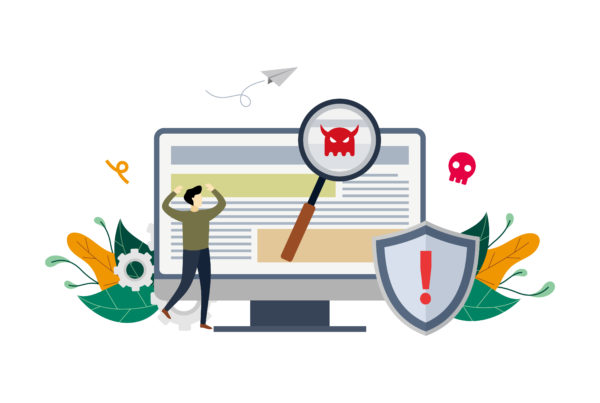
The connected world is providing children with limitless opportunities. Increasingly, schools are embracing this to give pupils a more advanced learning environment. But what are some of the things you need to be mindful of as parents to pick the right school from a technology perspective?
Connectivity
At the very heart of any technology, the environment is the connectivity being used. After all, you could buy your child the latest and greatest tablet but if the school only has dial-up access (does that even still exist?), then it is pointless.
With more learning resources available online, the school should have a decent connection to provide all pupils with a satisfactory experience when accessing the Web. Now we are not saying they need to be able to play Counter-Strike with a high frame rate, but they should at least be able to stream education video and audio content.
The reality is that ADSL is simply not a viable option given the number of people accessing the school network at any one time. For a truly effective internet experience, the school should have fibre access.
Safety first
The internet is not only a wonderful learning environment, but it does also contain a lot of content that children should not be able to access.
The school has to be able to provide parents with a level of comfort that they have content blockers, anti-virus software, and firewalls in place to safeguard against any malicious content. The last thing you want is for little Timmy or Susy to come home and share with you the pornographic or violent videos they were able to watch during break time at school.
Apps for learning
Apps have become the building blocks of the digital age. If the school uses learning apps, it might be worthwhile for you to take the time and play with them yourself. It is always fascinating to see just how far education has come from the days we were in school.
This also allows you to see how well the app is running on your child’s tablet. If it crashes frequently or is too slow, you should raise it with the IT department.
Other teaching aids
The best thing about using technology is the level of interactivity provided. Not only does this significantly improve the learning process and make school fun (well, as fun as school can be), it often results in increased learner motivation.
A study was done by the Gates Foundation (yes, the same Gates behind Microsoft) found that teachers identified six instructional purposes for which digital tools are useful:
• Delivering instruction directly to pupils;
• Diagnosing pupil learning needs;
• Varying the delivery method of instruction;
• Tailoring the learning experience to meet individual needs;
• Supporting collaboration and providing interactive experiences; and
• Fostering independent practice of specific skills.
If your school makes use of interactive teaching tools, ensure they are using them to their full capacity as they can be very beneficial to the learning experience.
Part of the whole
Schools need to take technology as seriously as businesses. They need to ensure there are the right policies and procedures in place as well as the right hardware being used. If the school is uncertain of whether learners should be on Android, Windows, or iOS (or any of them), or feels that a 2Mbps ADSL line shared between 800 pupils is sufficient, then best reconsider their readiness for a digital environment.
School is hard enough without your children having to worry about downtime, system crashes, and failed apps. They will have more than enough of that when they join the workforce



